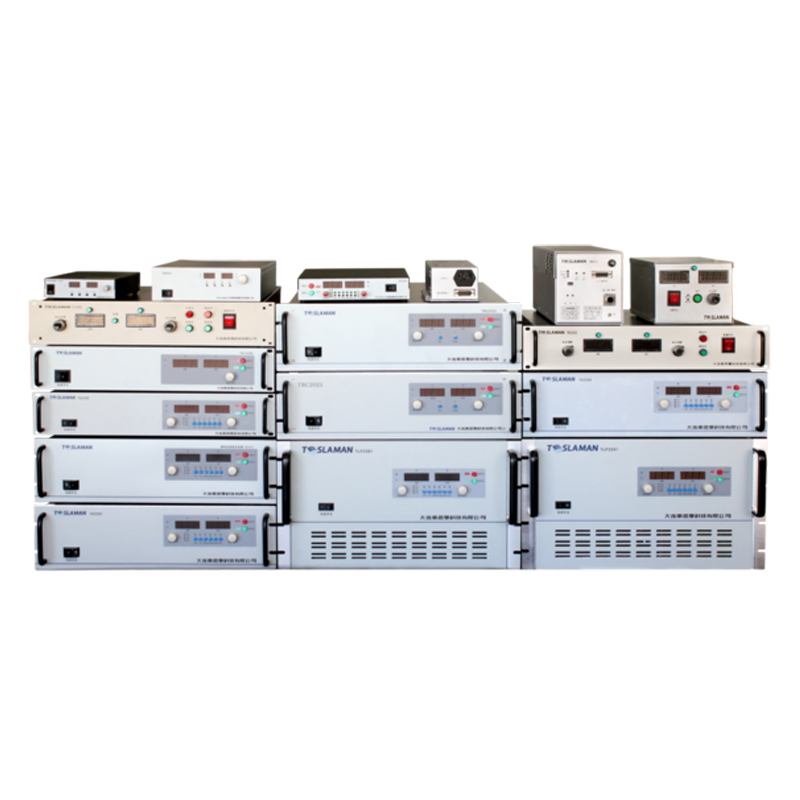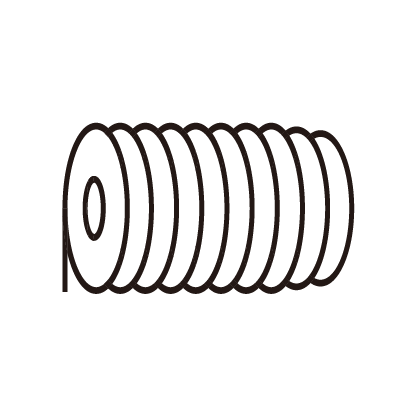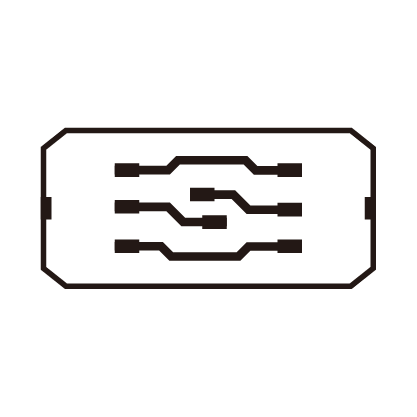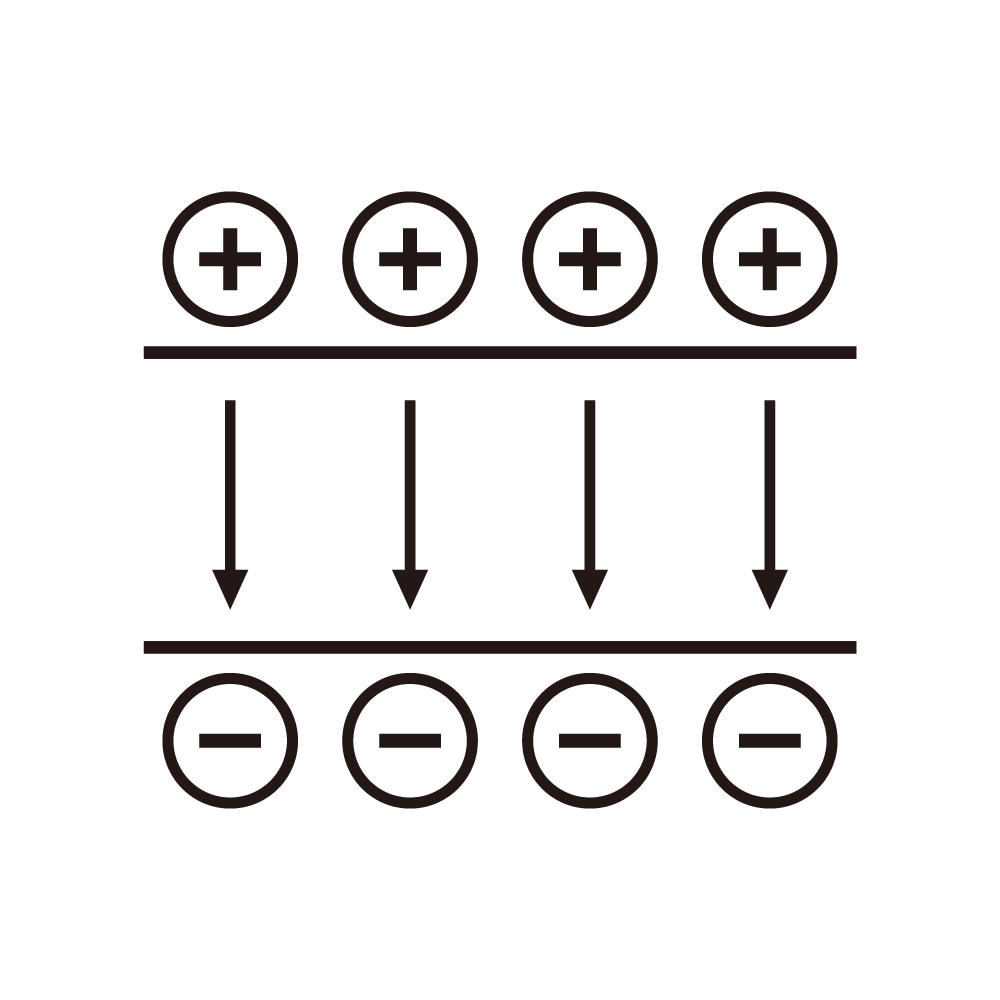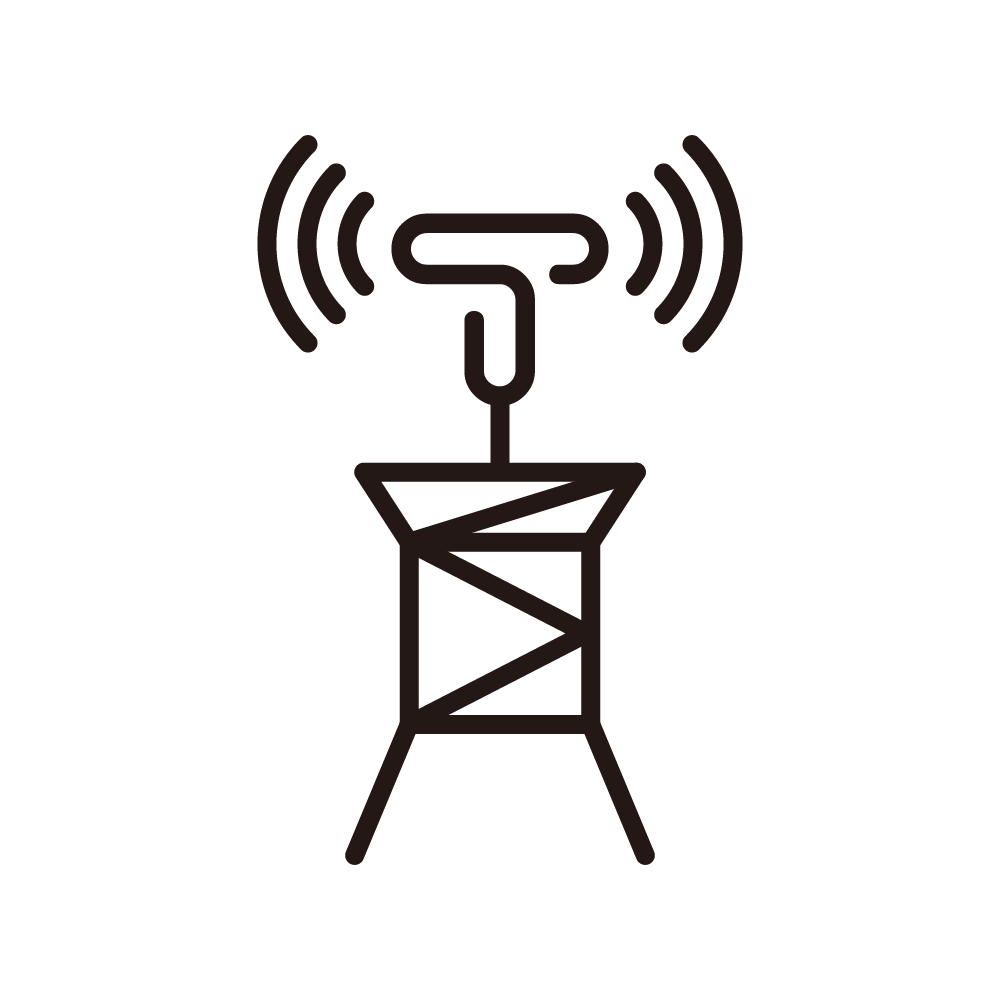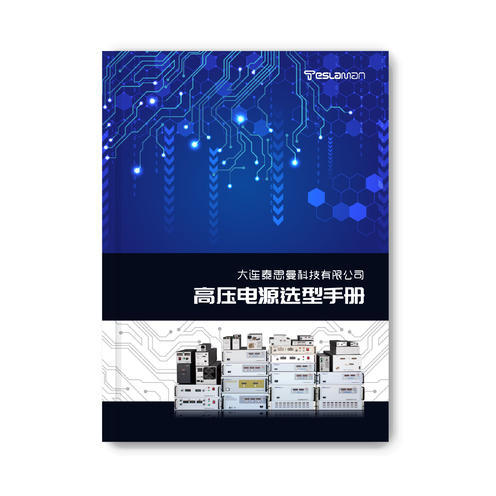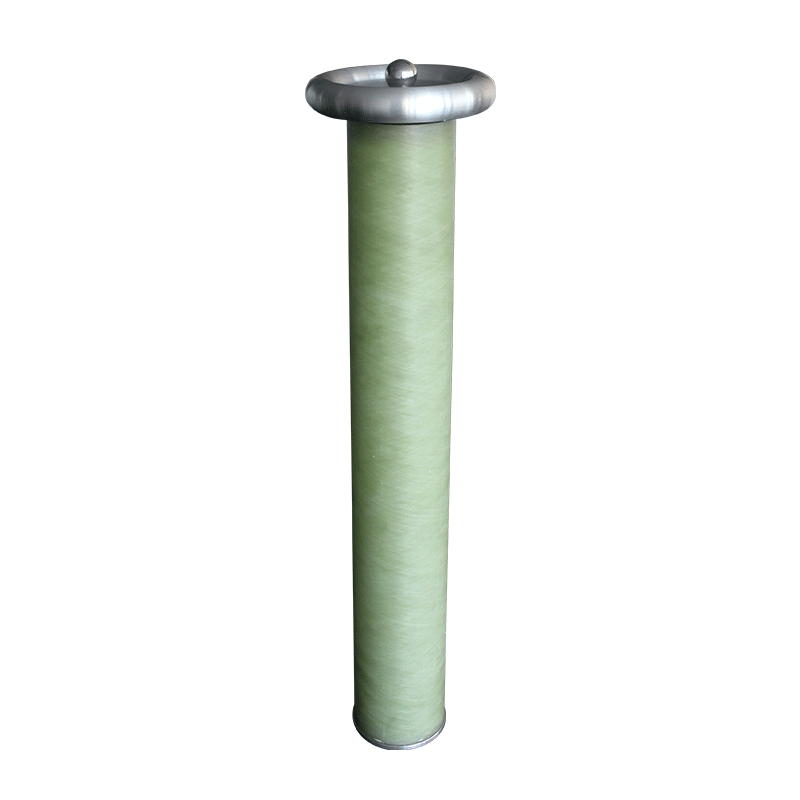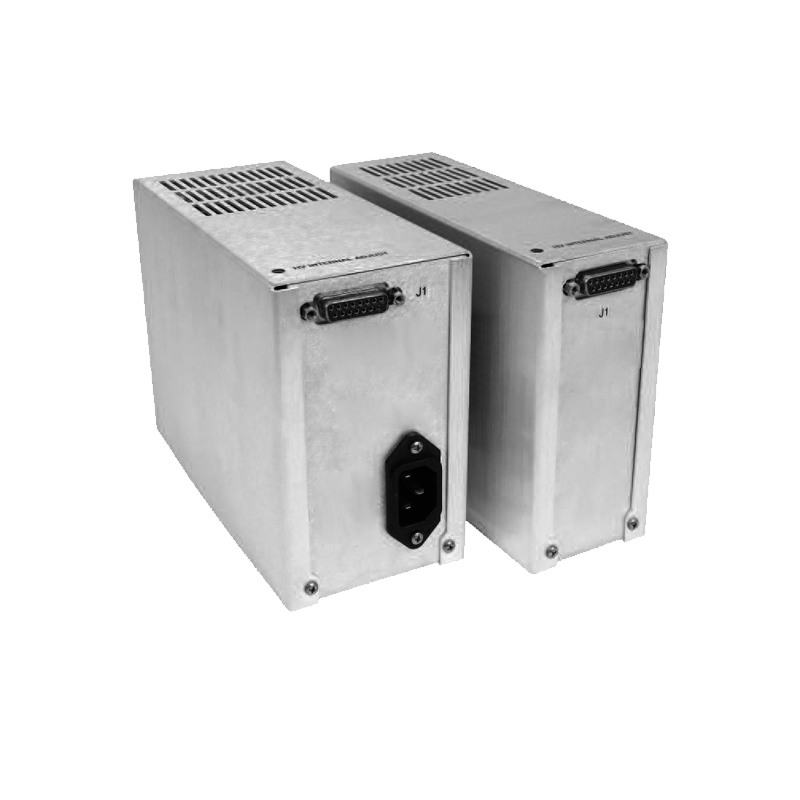Prediction of Electrode Material Service Life for High-Voltage Power Supplies in Excimer Lasers
Excimer lasers, characterized by short wavelength and high energy density, have become a core technical support in fields such as lithography manufacturing, medical treatment, and material surface modification. As the core energy supply component for excimer lasers, the service life of electrode materials in high-voltage power supplies directly determines the operational stability of the equipment and maintenance costs. Under high-voltage operating conditions, electrodes must continuously withstand pulsed voltages ranging from several thousand to tens of thousands of volts, while facing multiple stress erosion factors such as corona discharge, ion sputtering, and temperature fluctuations. Therefore, accurate prediction of electrode material service life has become a key technical direction to break through the reliability bottleneck of excimer laser equipment.
The core cause of the attenuation of electrode material service life lies in the cumulative micro-damage under the coupling effect of multi-physical fields. From the perspective of electrostatics, the corona discharge induced by high-voltage pulses causes the local electric field intensity on the electrode surface to exceed the air breakdown threshold, leading to the ionization of gas molecules and the formation of plasma. High-energy ions in the plasma cause sputtering erosion on the electrode surface, resulting in atomic-level material loss. Meanwhile, reactive gases such as ozone and nitrogen oxides generated during the discharge process further react chemically with the electrode material, exacerbating surface oxidation and micro-morphology degradation. From the perspective of thermophysics, the instantaneous Joule heat generated by pulsed discharge causes the electrode temperature to fluctuate sharply within milliseconds. This thermal shock leads to lattice distortion of the material and internal stress concentration, which easily forms microcracks after long-term cycles, further reducing the electrical performance and structural strength of the electrode. In addition, the fatigue characteristics of the electrode material itself are also a key factor. Electron emission under high-voltage electric fields changes the surface potential barrier of the material, and field-induced fatigue occurs after long-term use, manifested as increased electrode impedance and decreased discharge stability, ultimately triggering the end of service life.
Current electrode material service life prediction technology has evolved from the traditional accelerated aging test to the direction of multi-dimensional simulation-monitoring integration. The traditional accelerated aging test shortens the life evaluation cycle by increasing stress levels such as voltage and temperature, but it has limitations such as large deviations from actual operating conditions and inability to capture the dynamic process of micro-damage. The new generation of prediction methods constructs a multi-physical field model of the electrode through finite element simulation, accurately simulating the electric field distribution, ion movement trajectory, and heat conduction process, and quantifying the contribution weight of different stresses to material loss. At the same time, combined with online monitoring technology, it real-time collects the impedance change of the electrode, surface morphology characteristics (such as roughness and microcrack size), and discharge spectral signals, and dynamically calibrates the monitoring data with the simulation model to form a closed-loop system of damage mechanism-data monitoring-model prediction. In addition, the introduction of machine learning algorithms has further improved the prediction accuracy. By training a large amount of life data under historical operating conditions, a nonlinear mapping relationship between material loss and operating parameters (such as pulse frequency, duty cycle, and environmental humidity) is established, which can realize real-time prediction of the remaining service life of the electrode, with an error rate reduced by more than 30% compared with traditional methods.
The practical value of predicting the service life of electrode materials for high-voltage power supplies in excimer lasers lies in the optimization and upgrading of the whole-life cycle management of equipment. In the field of industrial lithography, accurate prediction of electrode service life enables the formulation of advance replacement plans, avoiding interruptions in the lithography process caused by sudden electrode failure and ensuring the yield stability of chip manufacturing. In the medical field, the prediction of electrode service life for excimer laser therapeutic equipment ensures the consistency of energy output during treatment and reduces the treatment risks caused by the attenuation of electrode performance. At the same time, life prediction technology can also provide directions for the optimized design of electrode materials. By identifying key damage factors, it guides the development of new alloys or coating materials with anti-sputtering and high-temperature fatigue resistance, prolonging the electrode service life from the source and promoting the development of excimer laser equipment towards high reliability and low maintenance costs.
In the future, with the improvement of micro-nano sensing technology and multi-physical field simulation accuracy, the prediction of electrode material service life will further evolve towards atomic-level damage monitoring and adaptive prediction, providing core support for the application of excimer laser technology under more extreme operating conditions and becoming an important technical cornerstone for the performance breakthrough of high-end laser equipment.
